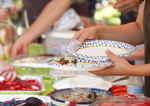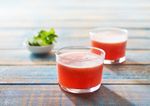Vegetable bouquets and edible arrangements
by Anne Finch, Accredited Practising Dietitian for LiveLighter
- September 18, 2023
- Leave a comment
- Make your own
- Fruit and Vegetables
- Celebration
- Christmas
- Valentine's Day
- Mother's Day
- Father's Day
- Entertaining
- Sustainability
Everybody loves a bright bunch of flowers... but what if they were edible too?
Vegetable bouquets are a fun and waste-free gift for every occasion.
Here are some of our favourite greens (and oranges, whites and purples) to include in a stunning and tasty arrangement... and how to enjoy them afterwards.
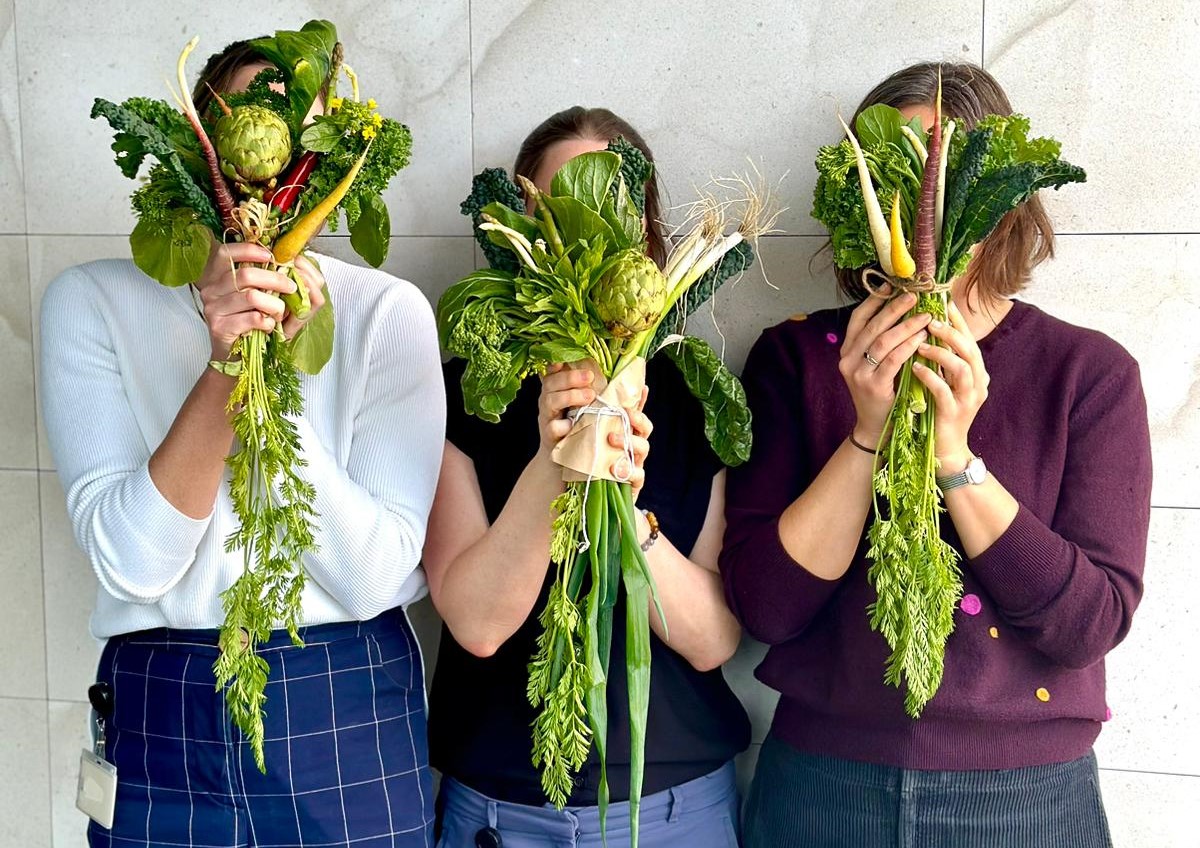

Artichoke
While we don’t see these on the plate very often, they make a gorgeous focal point for an edible bouquet. Unless your supermarket is super fancy, you’ll probably need to head to a greengrocer or specialty shop to find these. Their peak season is spring (in WA), but they’re also available in the cooler months.
Storage
Store in a plastic bag in the fridge for up to a week. If the stem or bud starts to look shrivelled, sprinkle the stem with a little water.
Eating
Remove the stem and use scissors to snip any spiky bits on the outer-most leaves. The “heart” at the centre is the tastiest bit. The top and outside leaves can be quite tough so you may want to remove these (before or after cooking). Once trimmed, steam, boil or grill until soft. To eat, pull off a leaf, and scrape the fleshy part against your teeth. You can also cut the artichoke in half to get straight to the heart which is easier to eat. There’s also a “choke” inside which is very fibrous and not that nice to eat. Check out this website for more detailed instructions on how to eat these beauties! If you prefer your artichokes already prepared, we’ve got a ripper 5 ingredient pasta salad recipe that uses canned artichokes.
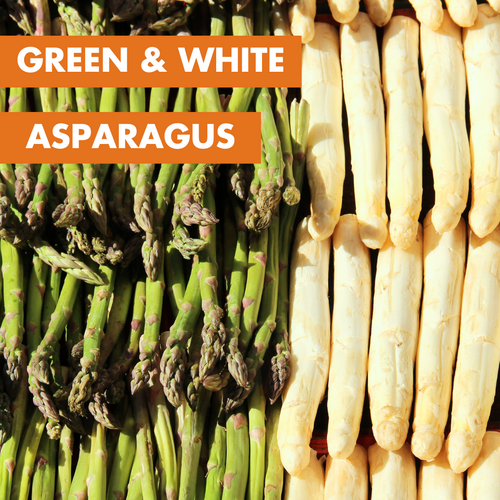
Asparagus
Another spring special! The Australian season is relatively short – and even shorter for the exclusive white asparagus.
Storage
Store in an airtight bag in the crisper of the fridge and use quickly. If they start to shrivel or go limp, trim the ends and pop in a glass of cold water for a couple of hours and use as soon as possible.
Eating
If the asparagus are young, thin stems, you can eat the whole spear. Older and bigger stems can be a bit tough at the bottom so may need to be snapped off. Asparagus can be eaten raw, but is more commonly lightly steamed or grilled. They’re delicious with olive oil, pepper and lemon. They’re also great in a salad or with eggs.
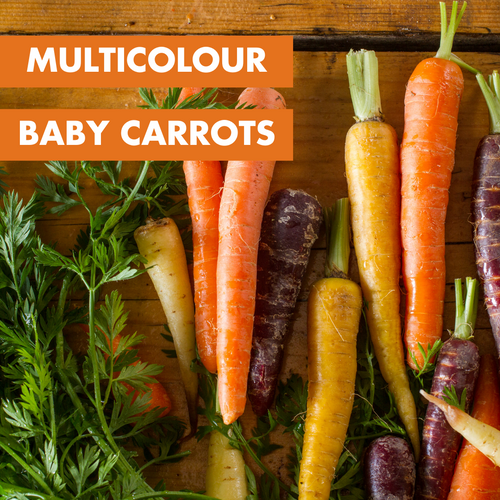
Baby carrots
So cute and colourful! They’re available all year round from grocers and more and more supermarkets are carrying them. They’re a little sweeter (and a lot more expensive) than regular carrots, so save them for a special dish.
Storage
Unwashed in an airtight bag in the crisper. Wash just before using.
Eating
Roasting, grilling or pan-frying is perfect, as it accentuates the natural sweetness. Add a little honey and orange juice for a flavour sensation. The greens can also be eaten! Use in a salad, stir-fried, or made into a pesto with other herbs, nuts, citrus and olive oil.
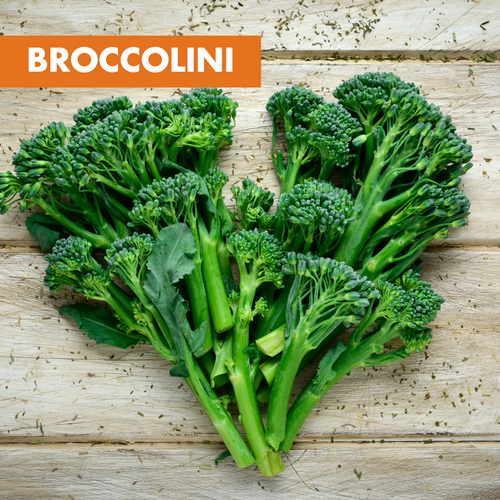
Broccolini
We sometimes call them “baby broccoli”, but broccolini is actually a cross-breed of broccoli and Chinese broccoli (kai lan or gai lan). They’re both in the brassica family and totally delicious. Broccolini is more tender than broccoli and even easier to prepare, making it a very convenient side dish.
Storage
Store in the fridge crisper and don’t wash until just before using. The moisture will make it go bad quicker.
Eating
If you know how to use broccoli, you know how to use broccolini! The whole vegetable is yummy, with no tough bits. It can be eaten raw, but is best lightly cooked. Steaming and panfrying are great, super-quick options. There’s lots of info and tips on how to use this gorgeous vegetable over here.
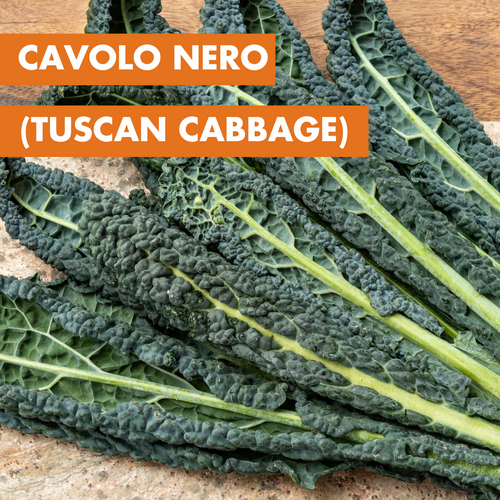
Cavolo nero (Tuscan cabbage)
This is a cousin of kale, and is often featured in Italian cuisine. If you can’t find it in the supermarket, check out your local greengrocer or farmers' market.
Storage
Store in the crisper of the fridge in a paper bag if possible.
Eating
To eat raw in a salad, strip the leaves from the stalk and scrunch with salad dressing. Cavalo nero is also a great addition to stews and soups like minestrone. Remove the toughest core but keep the thinner stem part – it will get softer after cooking.
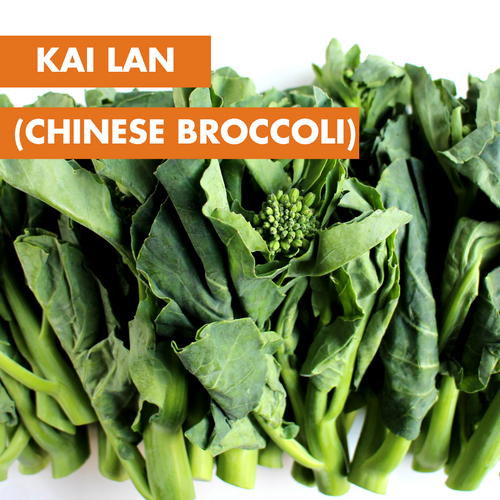
Kai lan (Chinese broccoli)
So tasty and quick to prepare! This is one of our favourite Asian greens as it has got a long life in the fridge and is easy to wash and prepare.
Storage
In a container in the fridge crisper.
Eating
Wash just before cooking. Separate the stems from the quick cooking leaves. Great in stirfries or stews, or as a simple side dish dressed with oyster sauce.
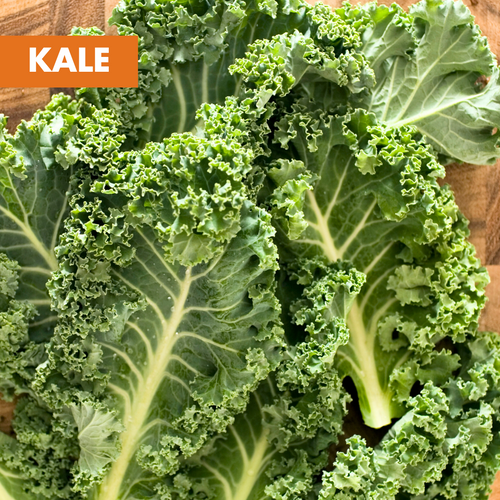
Kale
Kale is really versatile – and a fun one to grow too! There are lots of different varieties available, and there’s even ready-made “kale-slaw” available at the big supermarkets.
Storage
In a plastic bag in the fridge crisper.
Eating
The small tender leaves are great in a salad, and the thicker leaves work a treat in casseroles and soups, or as a spinach replacement. They’re also a great addition to a green smoothie. It can work in place of cabbage or spinach in a lot of recipes. Have you heard of “kale chips”? Strip the leaves, spray lightly with olive oil, season and bake in at 150°C in a fan-forced oven for about 15 minutes until lightly golden. They’ll crisp up as they cool out of the oven.

Mint
Mint adds freshness wherever it goes! It suits sweet and savoury dishes, and can be used raw or cooked.
Storage
In a container with a wet paper towel in the fridge. You can also keep in a jar of water (bouquet style) loosely covered with a plastic bag.
Eating
Pluck the leaves and wash just before using. Slap between your palms to release the fragrant oils. Mint is lovely in an Asian salad, a beautiful garnish on fruity desserts and adds pizzazz to drinks.
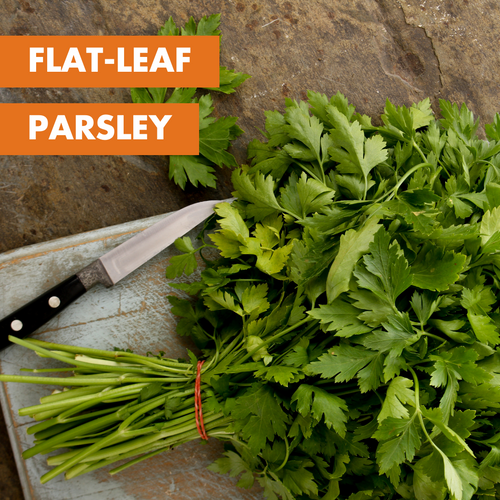
Parsley
A staple of Australian cuisine! The most common types are flat-leaf and curly. Both are great raw or cooked, a little for a garnish or a lot for a flavour punch.
Storage
In a container with a wet paper towel in the fridge. You can also keep in a jar of water (bouquet style) loosely covered with a plastic bag.
Eating
Strip from the stem and wash just before using. We can’t talk about parsley without talking about tabblouleh, the herb forward salad. It’s also a key ingredient in salsa verde a zippy dressing that’s delicious on … pretty much everything.
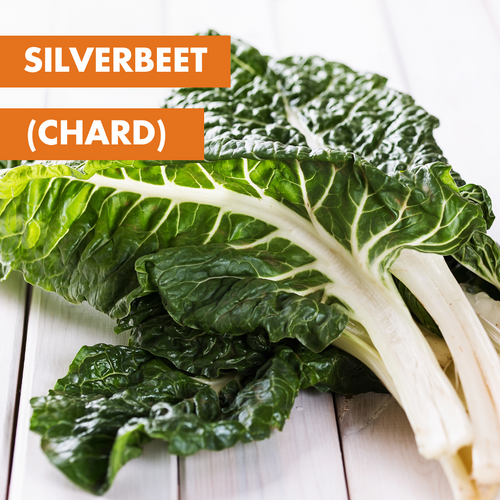
Silverbeet (chard)
Also known as chard, there are also varieties that have hot pink and bright yellow stalks!
Storage
In a plastic bag in the fridge crisper.
Eating
It needs a really good wash as it’s often quite sandy. It’s great steamed (perhaps with an omelette?) or added to soups and stews. The stems are also edible but need a bit longer to soften. It’s a great hardy alternative to spinach in a dish like spinach and ricotta rolls or gozleme.
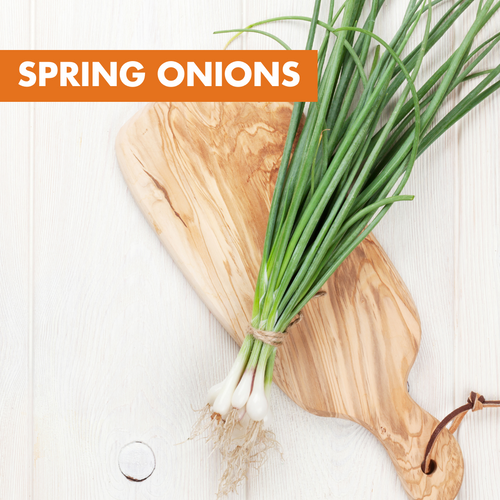
Spring onions
Did you know you can get never-ending spring onions by replanting the tips and growing more stalks? Genius!
Storage
In a plastic bag in the fridge.
Eating
You can eat both the white and green parts. They’re excellent in stirfries, or even raw in a salad when you want a milder onion flavour. My favourite part is that you can snip with scissors and avoid getting a chopping board out. Also great for small dishes where a whole onion is too much.
